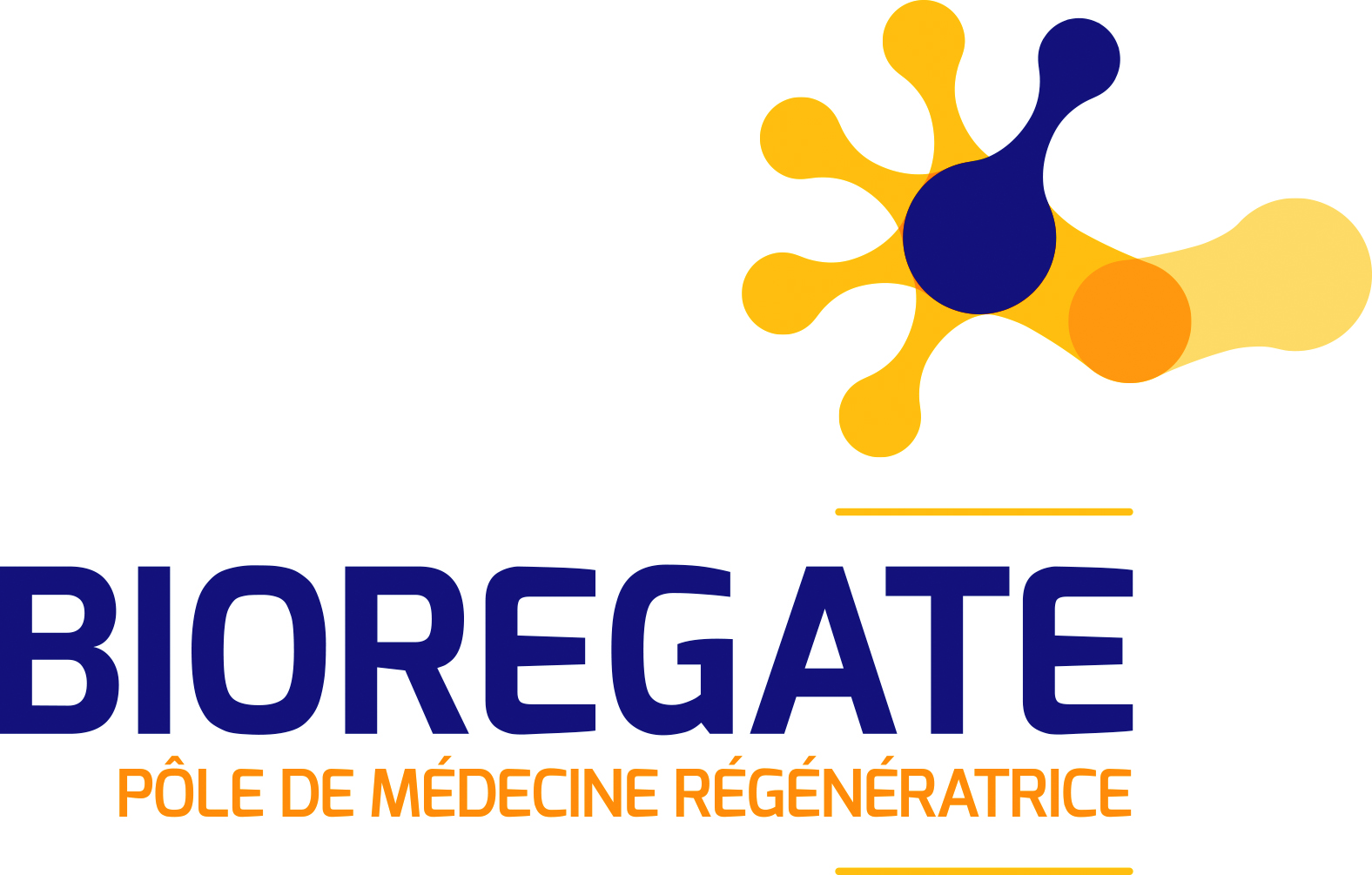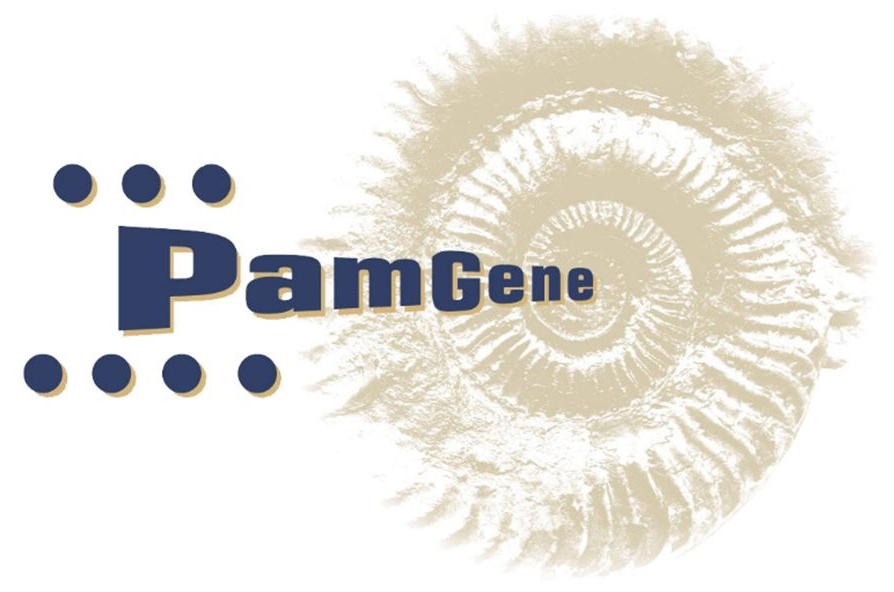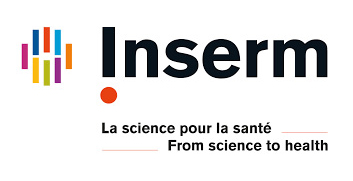About the Workshop
Caveolae have been discovered 60 years ago and intensively studied with over 7,000 publications in PubMed. Yet their functions are still poorly understood and remain often debated. This EMBO Workshop addresses a salient question in cell biology and human pathophysiology: How caveolae and related nanodomains play a structural and dynamic role in plasma membrane organization, and how is this translated into cellular functions in normal and pathophysiological contexts? If many biological functions of caveolae have been uncovered since their discovery in the 1950s, the field is revisiting these functions with the recent discovery of new features and new paradigms.
Our program focuses on the role that caveolae and their structural components, caveolins and cavins, play in membrane trafficking, signal transduction, extracellular matrix remodeling, lipid metabolism, cell mechanics, and development. These activities will be discussed in the context of human diseases since caveolae mutations and dysfunctions have been associated with cancer, pulmonary diseases, lipodystrophies, and muscular dystrophies, albeit with a poor mechanistic understanding and some remaining controversies. Our overall ambition is to identify underlying mechanistic principles to provide a consensual view on the role of caveolae and nanodomains in fundamental and clinical sciences.
About EMBO Courses and Workshops
EMBO Courses and Workshops are selected for their excellent scientific quality and timelines, provision of good networking activities for all participants and speaker gender diversity (at least 40% of speakers must be from the underrepresented gender).
Organisers are encouraged to implement measures to make the meeting environmentally more sustainable.
























